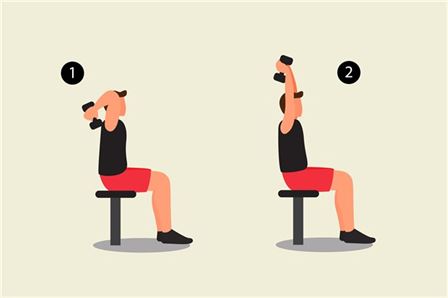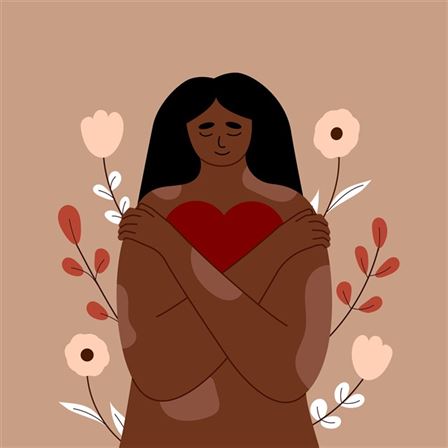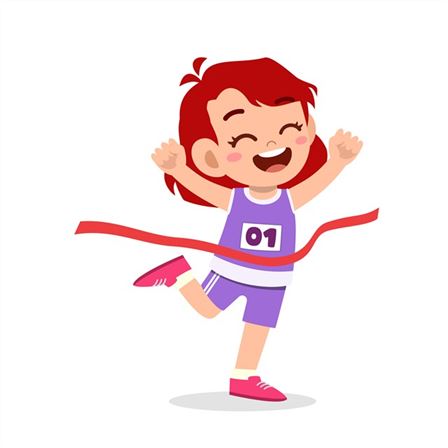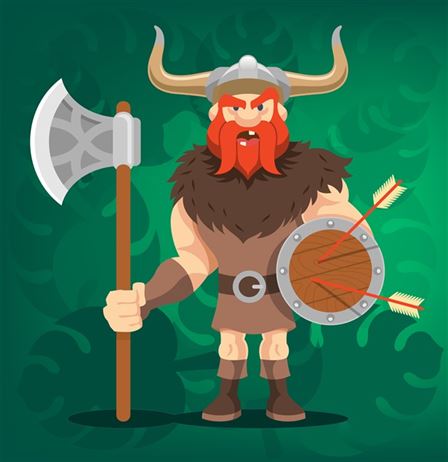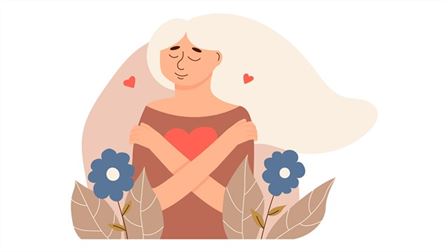Iron deficiency is one of the most common nutritional deficiencies worldwide. It affects almost every person at some point in their life.
If you’ve been feeling tired lately, then you might be suffering from iron deficiency. Here are some of the signs and symptoms of low iron that you should watch out for.
Fatigue and Weakness
Symptoms of iron deficiency include fatigue and weakness. You may also feel like your body isn’t working as hard as it used to. Your energy levels can even drop significantly during times when you need them the most. This could lead to some health problems if left untreated.
You may have noticed that your skin tone has lost its glow or looks duller than usual. If this happens, it means that your body doesn’t get enough iron. An iron deficient diet will cause your blood cells to become smaller and less effective. As a result, they won’t carry oxygen around your body properly. The lack of oxygen leads to anemia which causes darkening of the skin conditions.
You may experience frequent infections because low iron levels weaken your immune system. In addition, you may notice hair loss and brittle nails. These conditions make it difficult for your body to fight off bacteria and viruses effectively.
Additional signs of iron deficiency include pale stools, constipation, dry mouth, headaches, dizziness, and shortness of breath. All these symptoms indicate that your body needs more iron.
However, there are many other reasons why people develop iron deficiency. For example, pregnancy, heavy menstrual bleeding, chronic illness, certain medications, and poor nutrition habits can all contribute to iron deficiency.
Stages of Iron Deficiency
There are three stages of iron deficiency. They range from mild to severe, depending on how much iron your body lacks. Mild cases usually don’t require any treatment. However, moderate and severe cases often involve taking supplements.
Stage 1 – Deficiency without anemia
This stage occurs when your body only requires about 19mg/day of the daily recommended amount of iron. People who suffer from this condition typically do not show any obvious symptoms. Their bodies still absorb adequate amounts of iron, but they just can’t store it efficiently.
This stage lasts up to six months before progressing into…
Stage 2
During this time, your body starts producing red blood cells faster than normal. Eventually, your hemoglobin level increases so that you no longer fall under the category of being mildly affected.
Stage 3
Anemic iron deficiency When your body fails to produce sufficient quantities of new red blood cells, you start showing symptoms of anemia. Hemoglobin levels begin to decrease until they reach below 12 g/dL. At this point, you enter the third stage of iron deficiency.
Treatment options for iron deficiency Most doctors recommend treating iron deficiency with oral supplementation. Oral treatments work best for mild cases since they allow your body to absorb the necessary nutrients quickly.
The good news is that you don’t have to suffer from iron deficiency anymore! There are several ways to treat iron deficiency naturally. Iron supplementation is just one way to do so. However, eating foods rich in vitamin C and zinc and taking supplements containing folic acid and B12 vitamins can help.
Here Are 10 Natural Remedies for Treating Iron Deficiency
1) Vitamin C – A high-quality source of vitamin C helps boost your immunity against colds and flu. When combined with vitamin E, it boosts your ability to absorb iron. Take 1 gram per day.
2) Zinc – Consuming zinc-rich food sources such as oysters, beef liver, pumpkin seeds, beans, nuts, whole grains, eggs, and seafood improves absorption of dietary iron. Try adding 2 mg daily.
3) Folate – Foods rich in folate increase the amount of iron absorbed by the body. Add 400 mcg daily.
4) Probiotics – Taking probiotic supplements increases the effectiveness of iron absorption. Studies show that consuming yogurt regularly reduces the risk of developing iron deficiency.
5) Magnesium – Eating magnesium-rich foods enhances iron absorption. It’s best taken at bedtime.
6) Calcium – Adding calcium to your meals makes it easier for your body to absorb iron from food. Aim for 500 milligrams daily.
7) Green tea – Drinking green tea provides antioxidants that improve iron absorption. Drink 3 cups daily.
8) Black pepper – Pepper contains piperine, a compound that aids indigestion. Consume black peppercorn powder twice daily.
9) Garlic – This herb has been shown to reduce inflammation in the digestive tract. Eat garlic cloves raw once daily.
10) Ginger – Ginger stimulates circulation throughout the entire body. Include ginger root in soups, stir-fries, salads, and desserts.
Foods To Eat For Low Iron: Vegetarian Diet
A vegetarian diet may also be helpful when dealing with low iron levels. Vegetarians tend to eat more fruits and vegetables which contain higher amounts of iron. They also consume fewer meat products which often lack essential minerals like iron.
In addition to these tips, there are other things you can try if you want to get rid of iron deficiency naturally. These include drinking plenty of water, avoiding alcohol, exercising frequently, getting enough sleep, and reducing stress. A balanced diet will provide all the nutrition needed to keep your immune system strong and healthy.
If none of this works, then you should consider consulting your doctor about treatment options.
What Does Low Iron Mean: Checking Normal Testosterone Levels
The average adult male produces about 300 micrograms of testosterone each day. In men who experience low libido or erectile dysfunction, their testosterone levels may be lower than usual.
If your testosterone levels are within the normal range but still not enough to satisfy you sexually, then there could be another cause behind your problem. Testosterone imbalance can also lead to other health problems like depression, fatigue, weight gain, hair loss, decreased muscle mass, and osteoporosis.
Elevated testosterone levels can occur when someone takes certain medications, eats specific foods, drinks alcohol excessively, or engages in strenuous exercise. If these factors aren’t causing an issue, then it might mean that something else is going on.
For example, if you’re experiencing sexual issues while exercising, this could indicate that you need more rest before sex. Or maybe you should try changing up what type of workout routine you engage in.
Signs Of Low Iron In Women – Testosterone in Females
Testosterone plays an important role in women’s health. Women produce less testosterone than males because estrogen suppresses its production.
But even though female hormones suppress testosterone, some studies suggest that higher doses of supplemental testosterone might actually benefit women. For example, researchers found that postmenopausal women experienced increased bone density and muscle mass when given large amounts of testosterone. They also reported improved sexual function and mood.
Female testosterone levels tend to fluctuate during different phases of life. During puberty, girls have high levels of testosterone as they develop into young adults. Afterward, however, their hormone levels drop significantly until menstruation begins again. Menstrual cycles typically last between 28 days and 35 days.
During pregnancy, women continue to make small amounts of testosterone. But after childbirth, most women lose all traces of the hormone. However, some women retain a tiny amount of testosterone in their bodies.
Symptoms Of Having Low Iron – Screening for Iron Deficiency
Screening for iron deficiency should be done regularly. If you suspect you might need additional treatment or if you already know you’re deficient, talk to your doctor about getting tested. You’ll want to get checked before starting any new treatments.
If you think you’ve got iron deficiency but aren’t sure, ask your healthcare provider what tests will tell them whether you really do. The sooner you find out, the better.
In fact, some experts recommend checking your blood level every year.
Conclusion
Signs and symptoms of low iron often go unnoticed for years. This means that many people don’t realize how serious their condition really is. It’s essential to seek medical attention immediately if any of the following occurs:
- Feeling fatigued
- Loss of appetite
- Difficulty concentrating
- Depression
- Weight changes
- Hair loss
- Muscle cramps
- Frequent infections
- Sore throat
- Headaches
- Fatigue
- Irregular menstrual periods
- Sexual difficulties
- Low energy level
- Trouble sleeping
Working with a nutritionist can also ensure a healthy weight along with proper nutrient intake. A dietitian will help you determine which nutrients you need to supplement to get adequate amounts of each one.
FAQs for Signs and Symptoms of Low Iron
Can Low Iron Cause Diarrhea?
Yes! When there isn’t enough iron available in our body, it causes diarrhea. Because we absorb only half of the food we eat, this leaves us feeling hungry more frequently.
We may feel like constantly eating just to up with our daily needs. As a result, we end up consuming too much fluid and not enough fiber-rich foods. Fiber helps move stool through the digestive tract without causing discomfort.
What Are The Visual Symptoms Of Iron Deficiency?
Iron deficiency and eye floaters are two common signs of iron deficiency. These occur when red blood cells break down faster than normal because there’s no sufficient supply of iron. In addition, these cells become smaller and less dense.
When the eyes see something moving quickly across them, it looks like “floating particles.” Floaters appear in both the front and back parts of the retina.
The best way to prevent vision problems caused by iron deficiency is to take supplements regularly in addition to speaking with your healthcare provider.
[wps_products product_id=”1638128058403″ html_template=”product.php”]

